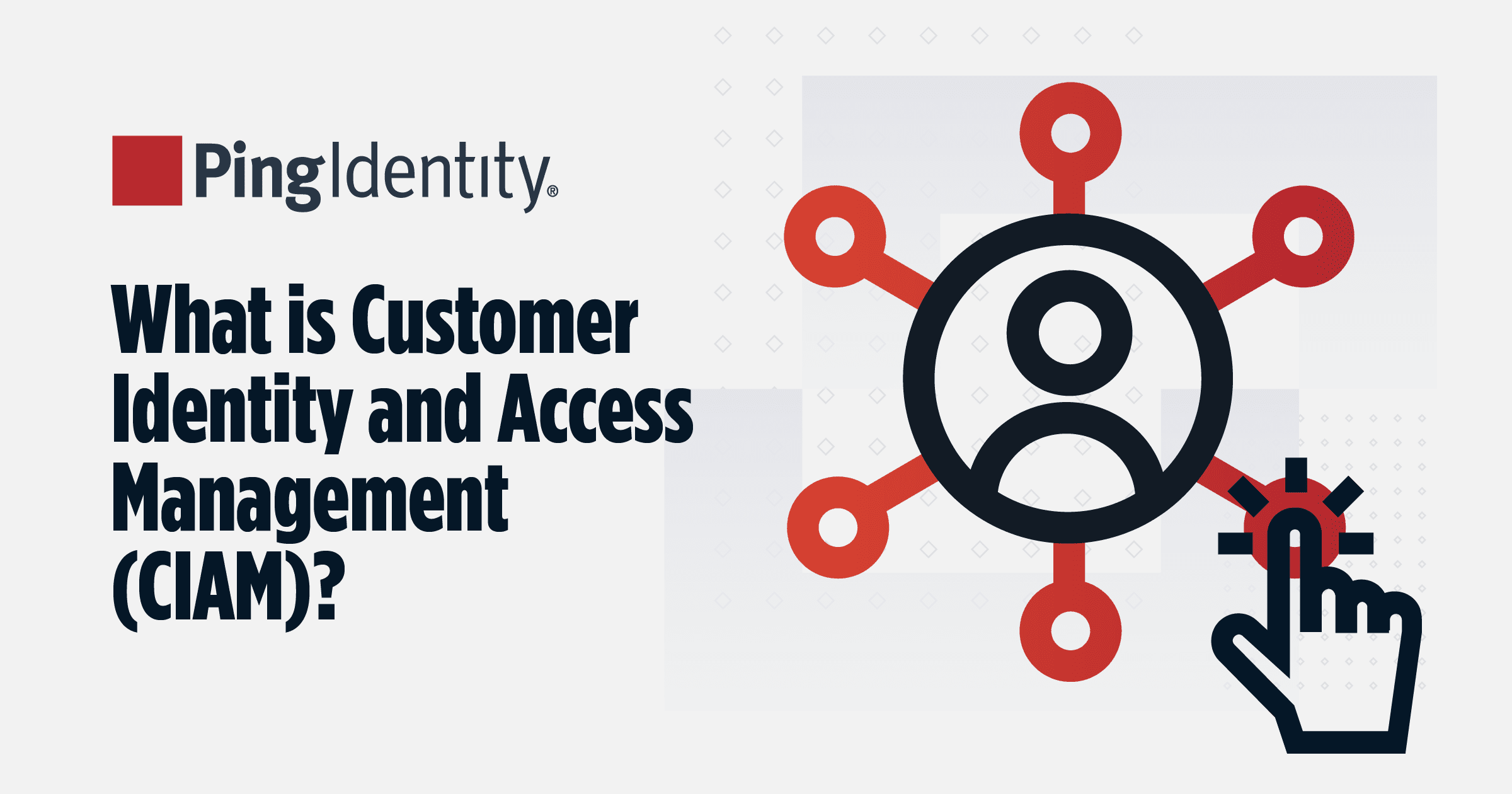Yes, passwordless authentication is inherently safer than password-based authentication because it lets you replace the use and storage of passwords with more secure authentication mechanisms.
Identity solutions such as PingOne for Workforce and PingOne for Customers are able to support FIDO2, the first open identity standard created specifically to support passwordless authentication. FIDO2 uses public key cryptography to provide the most secure method of passwordless authentication. Credentials never leave the user’s device and are never stored on a server, meaning they’re not vulnerable to phishing, password theft, or replay attacks. Passwordless authentication can also support using more sophisticated threat detection and risk minimization technologies to strengthen security.
Which Authentication Method Is Best for Passwordless?
When it comes to deciding which authentication factors are best for your passwordless use cases, it’s useful to know the pros and cons of each.
Knowledge Factors: Something You Know
Examples: a password, a PIN code, or the name of your first pet
Possession Factors: Something You Have
Examples: your smartphone, an RSA key, your email account, or a FIDO authenticator
Inherent Factors: Something You Are
Examples: biometric factors such as facial recognition, fingerprint scans, voiceprints, or EKGs
Given the range of authentication options available, you may wonder how to strike the right balance of security, usability, and cost for your passwordless use cases. A good way to start is by auditing the various applications you’re using, determining their security needs, and identifying which groups of users should have access to them. Then you can start mapping out application access scenarios and determine the best authentication method for each one.


